
The Sternberg Palace (Šternberský palác) is a historical palace in Prague, which has a rich history and high Baroque style, and is now the exhibition hall of the National Gallery Prague (Narodní galerie Praha).
Adjacent to the palace is the Sternberg Palace Garden (Zahrada Šternberského paláce).
In addition to the Sternberg Palace, the National Gallery Prague has several other buildings located both in the city of Prague and beyond. All the objects of the National Gallery Prague are listed at the end of this article.
The Sternberg Palace is located in the historical part of Prague, on the famous Hradcanska Square (Hradčanské náměstí), which is next to Prague Castle (Pražsky hrad).
It was a city palace with a garden, built in 1699-1708 for Count Vaclav Vojtech from Sternberk, who, as a descendant of one of the oldest aristocratic families, belonged to the most powerful Czech aristocrats. The palace was erected on the site of old Gothic and Renaissance buildings, where at the end of the 16th century the Renaissance palace of Krystof Popel from Lobkowitz stood. The name of the designer of the palace is not exactly known, but it is attributed to Giovanni Battista Alliprandi.
The palace was owned by the family as a fideikomis until 1811, it housed the Society of Patriotic Friends of Art. After 1871, for several years the palace served as a place for the mentally ill.
Today, the former palace belongs to the National Gallery Prague.
The palace has an inner courtyard and is one of the most significant works of secular architecture of the emerging High Baroque in the Czech Republic.

The permanent exhibition of the National Gallery Prague is located within the walls of the palace. Temporary exhibitions are also held here.
The halls of the palace also attract attention with the interior, in which the original decor is fragmentary: stucco, paintings, gold embossing and Chinese motifs.
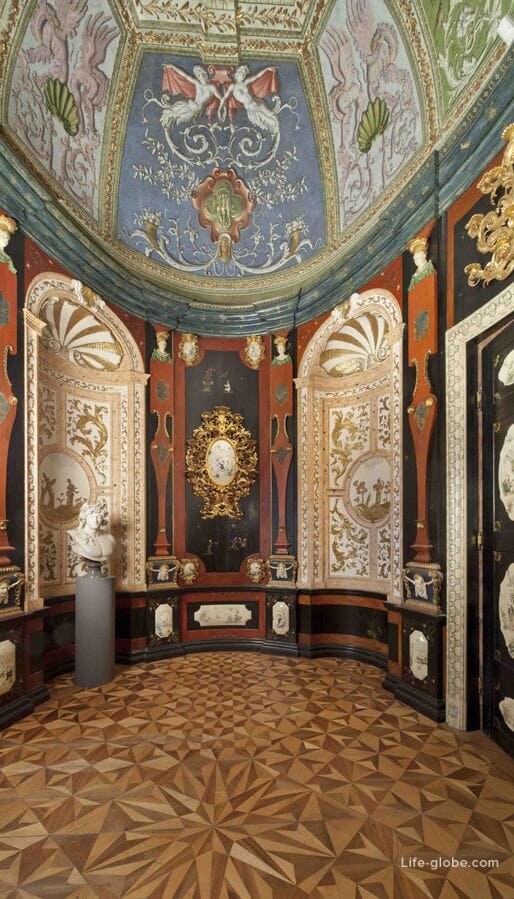
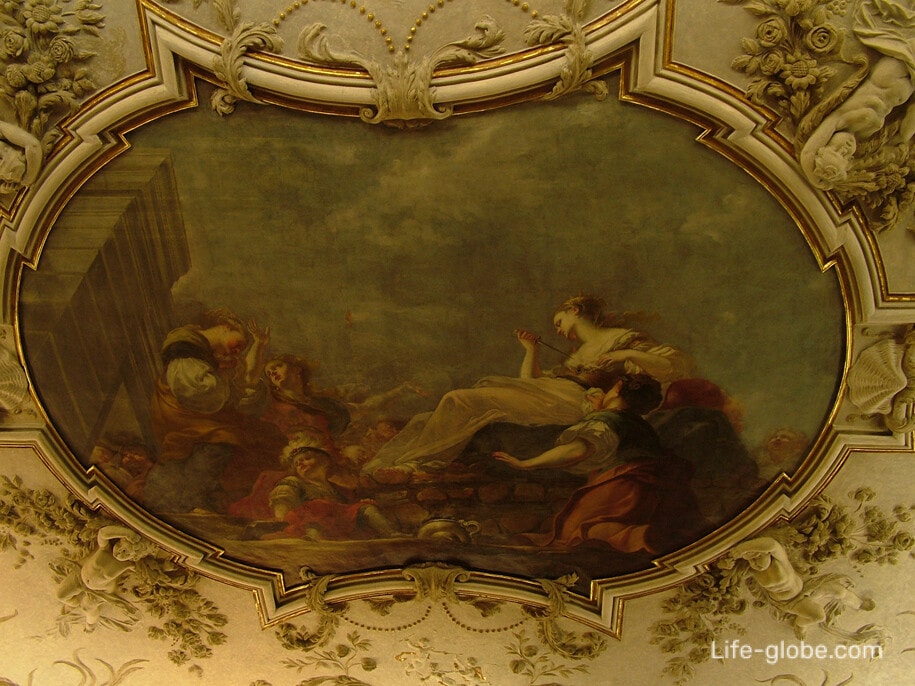
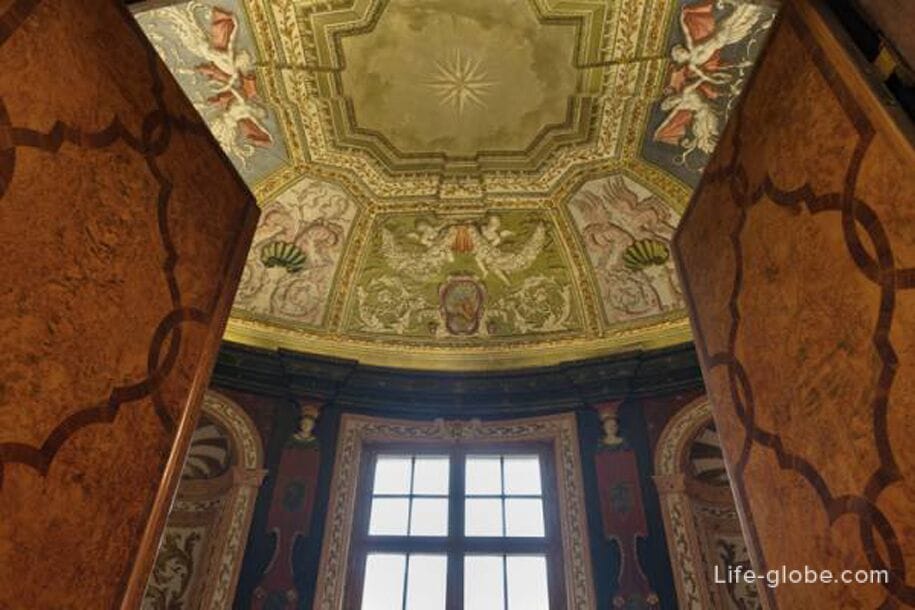
The collection of early Italian art presented in the walls of the palace is complemented by Renaissance and Baroque paintings (Alessandro Allori, Jacopo Bassano, Luca Giordano). There are also outstanding collections of Dutch and Flemish paintings from the 15th-18th centuries with a major focus on the art of Antwerp, Amsterdam, Utrecht and Leiden.
The altar with the "Crucifixion" by Hans Raphon is a rare work. This is the only fully preserved retablo of the Passion of Christ in the state collections of the Czech Republic.
Central European works of art are represented by the Nuremberg art collection and selected individual works from the territory of today's Germany, in particular from the important commercial and artistic region of the Rhineland, dating back to the 15th-18th centuries (Hans Baldung Green, Hans Durer). The exhibition also presents works of art from German and Austrian lands created in the 17th and 18th centuries (Georg Flegel, Paul Troger, Johann Karl Lot, Johann Michael Rottmayr).
A small collection of French and Spanish art of the 17th and 18th centuries is notable for the significance and quality of the single works exhibited (Charles Mellin and Pierre Mignard).


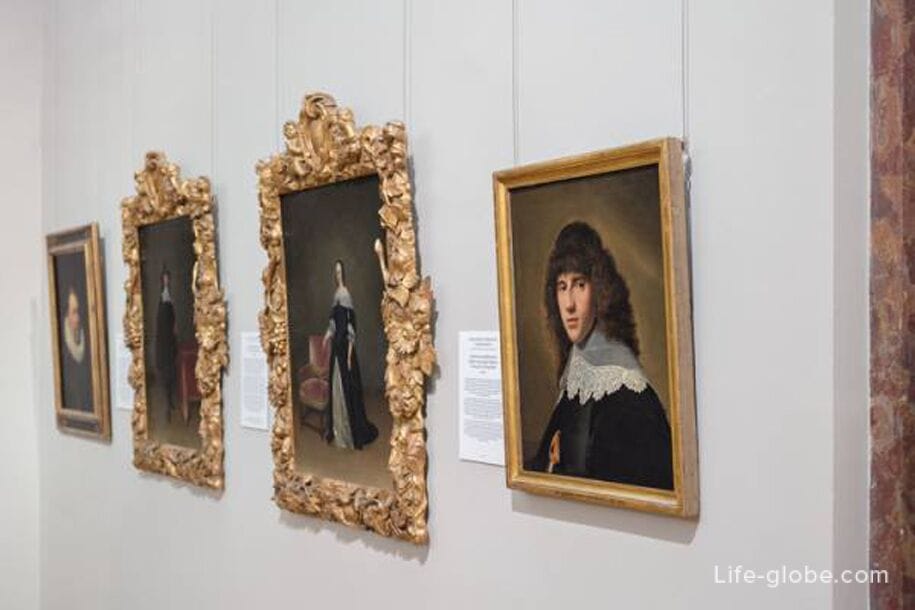
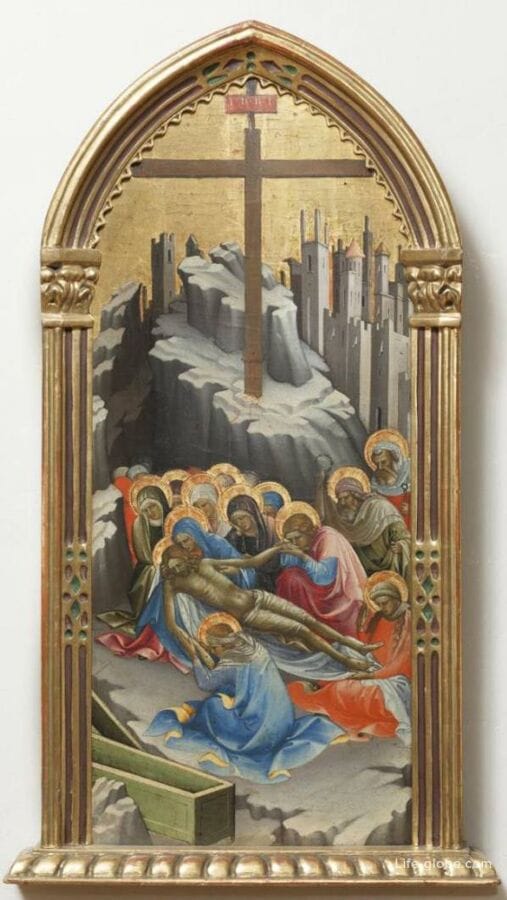
A small but beautiful palace garden adjoins the palace.
In the garden there are works of art of Czech sculpture of the 20th century, including sculptures by Jan Stursa, Vincenz Makovsky, Brzetislav Benda or Josef Kaplitsky.
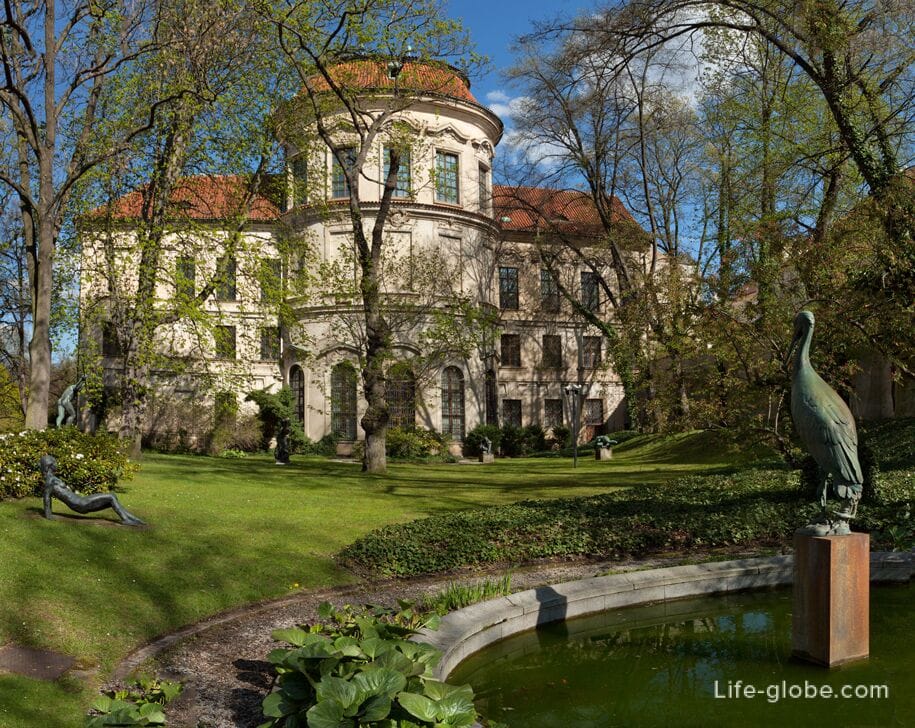
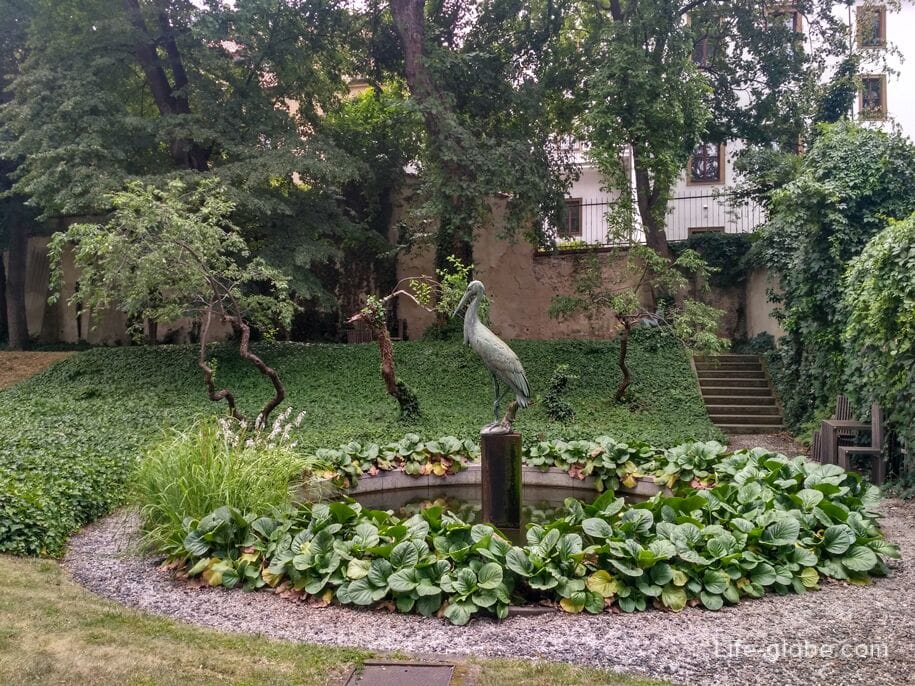


In addition to the Sternberg Palace , the National Gallery Prague in Prague also includes:
- Kinsky Palace with masterpieces from the Renaissance to conceptualism of the 21st century and temporary exhibitions. Address: Staroměstské naměstí 1, 110 15 Staré Město;
- The Trade and Exhibition Palace (Veletržní palác) with permanent and temporary exhibitions. Address: Dukelských hrdinów 47, 170 00 Prague 7;
- Schwarzenberg Palace (Schwarzenberský palác) with interiors and temporary exhibitions. Address: Hradčanské náměstí 2, Prague 1;
- Salmovsky Palace or Salms Palace (Salmovský palác) with a series of thematic exhibitions dedicated to international Art Nouveau and contemporary art in the context of works by famous Czech artists. Address: Hradčanské náměstí 1, Prague 1;
- the Monastery of St. Anezhka of the Czech Republic (Klášter sv. Anežky České) with routes through the monastery and the monastery garden with a sculpture garden, as well as the permanent exhibition "Medieval Art in Bohemia and Central Europe 1200-1550".Address: U Milosrdných 17, Prague 1;
- Wallenstein Riding School (Valdštejnská jízdárna) with temporary exhibitions. Address: Valdštejnská 3, Prague 1.
Objects of the National Gallery Prague outside the city of Prague:
- Zámek ŽďÁr nad Sázavou Castle, located in the Czech Republic at the address: Masarykovo náměstí, 733 24 Karviná-Fryštát;
- Fristat Castle with an adjacent park (Zámek Fryštát), located in the Czech Republic, at the address: Masarykovo náměstí, 733 24 Karviná-Fryštát;
- Czech and Slovak Pavilions in Venice (Czech and Slovak Pavilion in Venice). Address: Giardini di Castello, Venice, Italy, 30122.
Entrance to the Sternberg Palace is paid.
Attention! The exhibits of the exposition in the walls of the palace can be changed and supplemented.
For up-to-date information about the objects of the National Gallery Prague, expositions and temporary exhibitions held, as well as opening hours, ticket prices, places and conditions for buying tickets and visiting exhibitions, we recommend checking on the official website: ngprague.cz .
Address of the Sternberg Palace: Hradčanské náměstí 15, 110 00 Praha 1 - Hradčany.
Coordinates of the Sternberg Palace: 50°05'26.0"N 14°23'47.0"E (50.090556, 14.396389)
All accommodation facilities in Prague (hotels, apartments, guest houses, etc.), including in the historical center of the city and more remotely from it, can be viewed and booked here